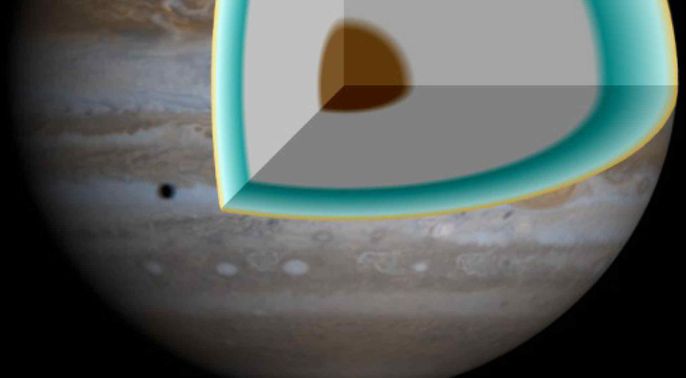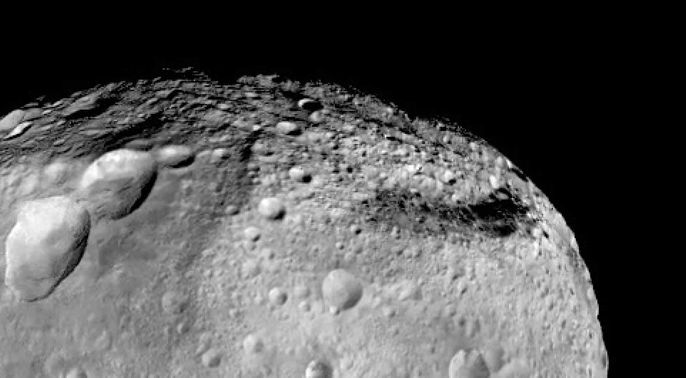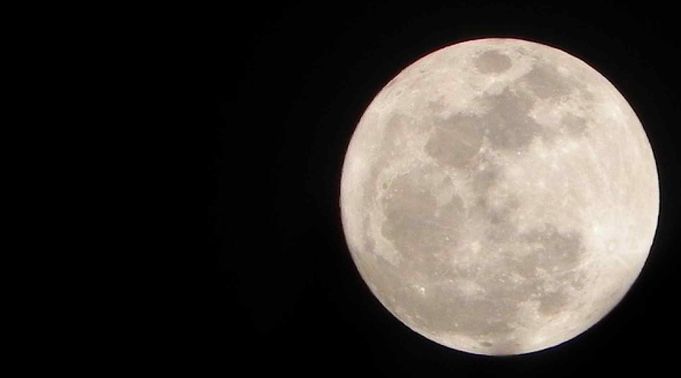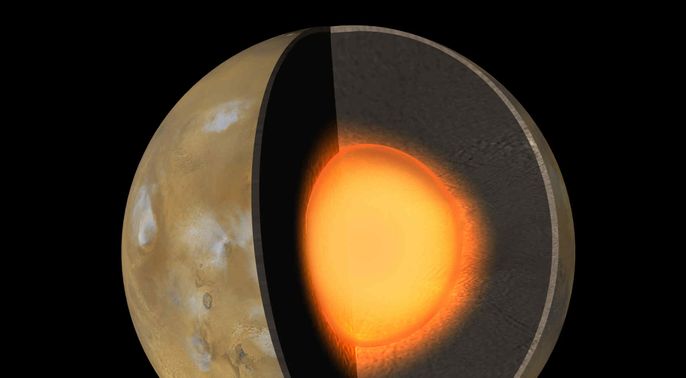A wide range of objects in our Solar System have significant melting early in their history and separated into chemically distinct layers. This differentiation has influenced the entire evolution of planetary bodies and is thus important to understand. Meteorites from the Moon, Mars and melted asteroids provide us with samples of many different planetary bodies by which the general process of planet formation and evolution can be determined. The surfaces of the planets also provide clues to their subsequent evolution.
Fundamental Questions

How do Planetary Interiors Work?
The Earth's surface has changed over geological time due to it's shifting crustal plates and the convection of it's mantle. How do tectonics differ on other planets? What determines the nature of plate tectonics on planets?

How did Asteroids Melt?
Meteorites indicate that many asteroids experienced melting very early in the history of the Solar System. How magmas behave and chemically evolve on asteroids, are important questions being addressed by IARC's research meteorites.
2col GC - Fundamental Q.s 2

How did the Moon evolve?
The Apollo missions recovered 380 Kg of lunar rocks by which the formation and evolution of the Moon has been traced. Apollo samples, however, are all derived from the Earth-facing side of the Moon, whilst lunar meteorites sample the entire surface. IARC's research involves using the diversity of lunar rocks represented by meteorites in studying the early history of the Moon.

How do Cores Form?
Most planetary bodies separated a core of iron-nickel metal at an early stage. The timing and mechanisms of these core formation events determine the distribution of important elements even within the silicate portions of the planet. IARC examines core formation through the study of isotopes and analysis of iron and stony iron meteorites.
Research Areas
- The re-surfacing of Venus
- Plate tectonics on Venus
- Petrology and geochemistry of lunar meteorites
- The origin of achondritic meteorites
- The formation of iron and stony iron meteorites
- The timing and nature of planetary core formation